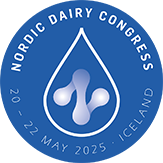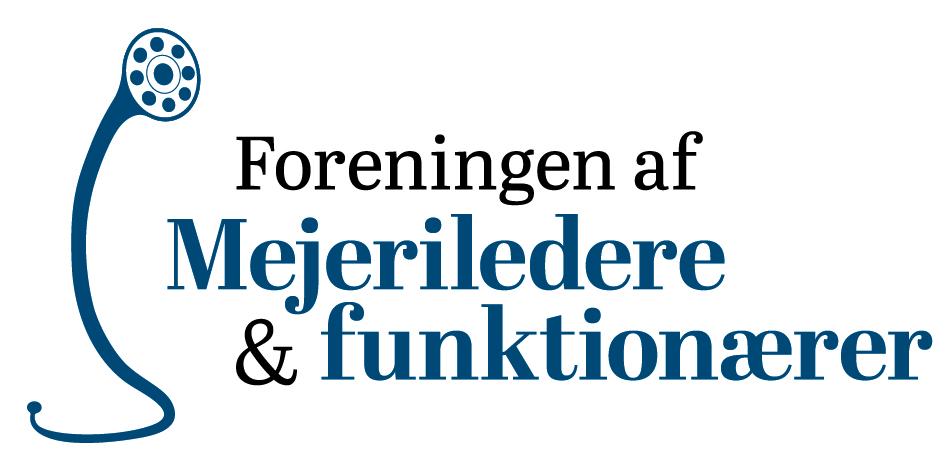
Category:
Time:
Probiotics, prebiotics, synbiotics, and also the newest member in class, postbiotics, are all concepts centred on the ideas that by providing live microbes, substrates for commensal gut microbes, or death microbes including bioactive compounds, health and well-being can be promoted. While most of theseconcepts have been around for a long time, it remains a challenge to demonstrate health effects in human subjects. First, one must realize that the resident gut microbiota is a complex and dynamic ecosystem, which in healthy adults israther stable and resilient to perturbations, making it hard to modulate the community structure. Secondly, the gut microbiota varies from person to person and also the gut physiology and environment vary among individuals, raising the possibility that biotic-induced effects may be person-specific. Moving forward, a shift from focusing on modulating the composition of microbes to a focus on changing microbial metabolism or host metabolismin the gut could potentially pave the way for more successful human intervention trials demonstrating cause and effect relationship.
Unfortunately, we do not have permission to share this presentation













































 Munkehatten 28
Munkehatten 28